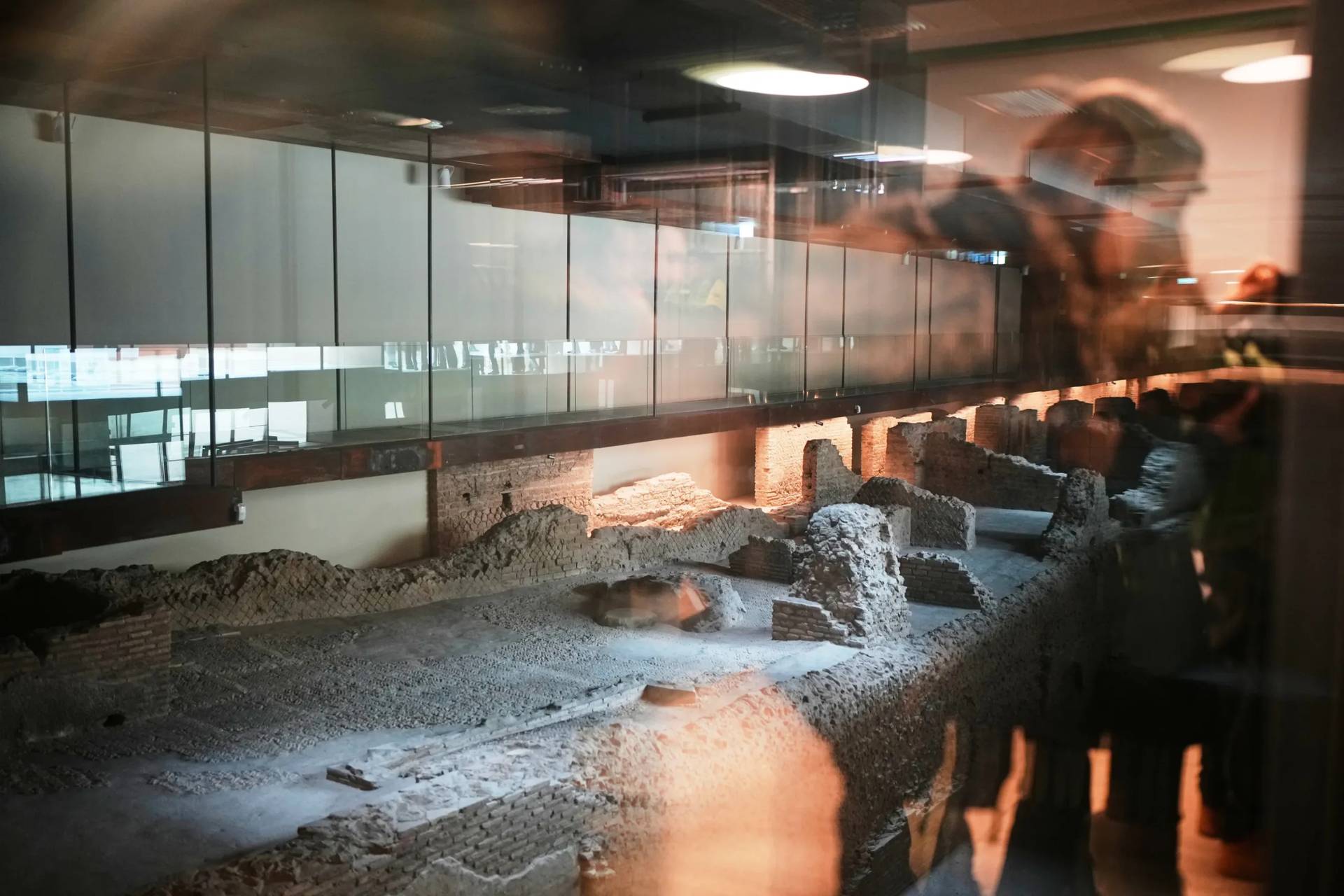ROME – With more events being cancelled and popular sites growing increasingly vacant amid Italy’s coronavirus outbreak, many in Rome find themselves torn between exercising caution and wanting to avoid panic.
Speaking of the recent decision to send their students home after the CDC last week raised the travel warning to Italy to level three, Michael J. Naughton, Director of the University of St. Thomas’s Center for Catholic Studies in Rome, told Crux the decision wasn’t easy, but “was principally about their safety.”
“What made it difficult is that this event of the coronavirus has so many unknowns,” he said. “We were in unchartered waters and we wanted to avoid the two-ditch problem of over-reaction that resulted in excessive fear and panic and a lack of reaction that failed to take seriously the unique gravity of the matter.”
Noting that the university has an emergency response team which meets regularly to discuss if and when students should be sent home, Naughton said that in this case, “I think we made a good decision.”
RELATED: Catholic universities in Rome send students packing amid coronavirus fears
Yet for locals on the ground, the situation can seem far closer to inciting paranoia than exercising natural caution.
As one Roman taxi driver put it, referring to political officials managing the situation, “they have brought an entire country to its knees” with panic. And he’s not the only one who feels that way.
Mountain Butorac, who lives in Rome and runs the Catholic Traveler tour company, has been tracking updates related to the virus on social media. In a March 3 tweet, he called panic related to the outbreak “ridiculous,” and has encouraged people to visit Rome given the lack of crowds and current low costs in airfare.
Another tour guide, Agnes Crawford, also encouraged people to visit, posting photos of the Vatican Museums to Twitter, saying it is “the emptiest I’ve seen it in normal hours in the 19 years I’ve been giving tours here. An amazing opportunity for anyone in Rome!”
Similarly, art historian and lecturer Alexandra Lawrence, who lives in Florence, sent a tweet March 2 saying, “Nothing, not one single thing, is closed in Florence.”
“We are here + we are healthy, everything is open for business. Please, world, take a collective deep breath,” she said in a separate tweet, posting photos of famous sites around Florence that are uncharacteristically quiet.
Yet while many aspects of life in Rome have continued as normal, there is an unusual calm about the city as events continue to be canceled and travelers either halt or rethink their plans to visit.
Not only have Catholic universities in Rome sent students home, but several Vatican-related events have either been cancelled or postponed, including “The Economy of Francis” event, which was slated to take place March 26-28 in Assisi, with Pope Francis closing the last day. The event is now scheduled for November.
Two conferences organized by the Pontifical Gregorian University, one on Christian and Hebrew art, and the other on the Holy See and the United States in the Pius XII archives, were also postponed, as was a March 5 event planned by the Australian Embassy to the Holy See for International Women’s Day.
It is unclear at this point how the virus, if at all, will impact a conference the Gregorian University’s Center for Child Protection is expected to host from March 11-14 exploring a theological approach to the clerical abuse crisis.
In many cases, the fear involves not just the spread of the virus, but also quarantine restrictions, as people increasingly decline to travel either to or near areas with high outbreaks such as northern Italy in order to avoid the possibility of quarantine when they re-enter their own countries.
In Rome, tourist hot-spots usually buzzing with activity such as St. Peter’s Basilica and the Trevi Fountain are empty; museums are ghost-like and sporting events continue to be cancelled or played behind closed doors.
Churches are now absent of holy water, and many parishes are also refraining from the sign of peace during Mass, when people either shake hands or exchange a kiss in a sign of fraternity. Receiving communion is now done primarily in the hand, rather than on the tongue.
According to the cab driver, the government is partially to blame for what he says is an exaggerated sense of panic. While precautions are necessary, “I’ve never seen them handle a situation so poorly,” he said, insisting that political leaders “should help calm the fear, but here they are making it worse.”
According to a March 3 statement from the Italian Ministry of Health, so far, 2,263 people in Italy have tested positive for the COVID-19 virus. Of these, 160 have recovered and 79 people have died, making Italy the country with the highest coronavirus deaths outside of China, where the virus originated.
According to the World Health Organization, around 80 percent of those who become infected with COVID-19 suffer only mild symptoms. Just five percent end up in critical condition, usually due to age or existing health conditions, and around two percent of cases end in death.
So far, the Italian health ministry has identified some 1,520 cases in Italy’s Lombardy region; 420 in Emilia-Romagna; 307 in Veneto and 56 in Piedmont. Cases get fewer closer to Rome, with just 19 cases in Tuscany, 14 in Lazio, 13 in Friuli Venezia Giulia, eight in Umbria, seven in Sicily and six in Abruzzo. Down south, the number of cases per region is less than five.
As of Tuesday, there were 1,034 people in the hospital with symptoms of the coronavirus, 229 of whom are in intensive care, while 1,000 are in home isolation amid Italy’s quarantine restrictions.
Shortly after the virus was first detected around two weeks ago, the Italian government imposed a quarantine in the north of Italy that is still in place, and which encompasses some 10 cities in Lombardy and another, smaller area in Veneto.
Speaking at a March 3 news conference, Angelo Borrelli, head of the Civil Protection Agency, said “None of us can be sure about the future evolution of the disease. This is an important week to understand what will happen.”
Similarly, Italian Health Minister Roberto Speranza called for international support to get ahead of the outbreak, saying “maximum international coordination is essential now that the virus is spreading across our continent.”
In his comments to Crux, Naughton lamented that he was sending his last group of students home March 4, saying overall “it has been a very disappointing event.”
“Most of our students have not expressed a lot of fear during this time. They have been in Rome for three weeks and were just settling into powerful classes,” getting involved in local Lenten practices and forming friendships “that would last a lifetime,” he said.
Chaplains have tried to lift students’ spirits, reminding them that while disappointed, “you have safe homes to go to, many do not.”
The big test now is helping the students continue to keep up the momentum of being in Rome as they go back to St. Paul, Minnesota, Naughton said, adding, “I am confident they are up to the challenge.”
Follow Elise Ann Allen on Twitter: @eliseannallen
Crux is dedicated to smart, wired and independent reporting on the Vatican and worldwide Catholic Church. That kind of reporting doesn’t come cheap, and we need your support. You can help Crux by giving a small amount monthly, or with a onetime gift. Please remember, Crux is a for-profit organization, so contributions are not tax-deductible.















